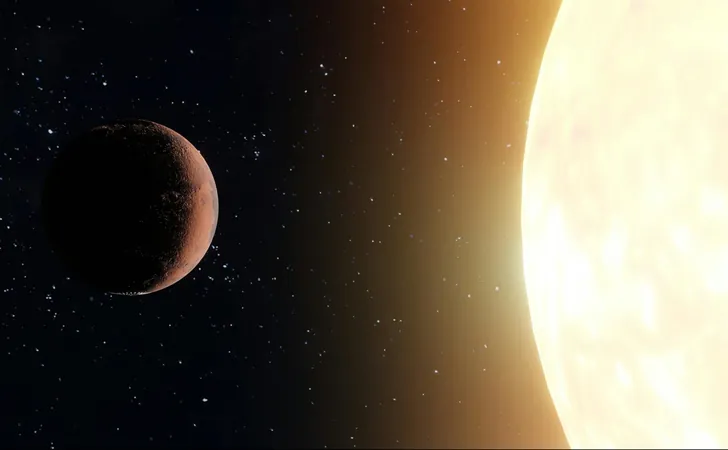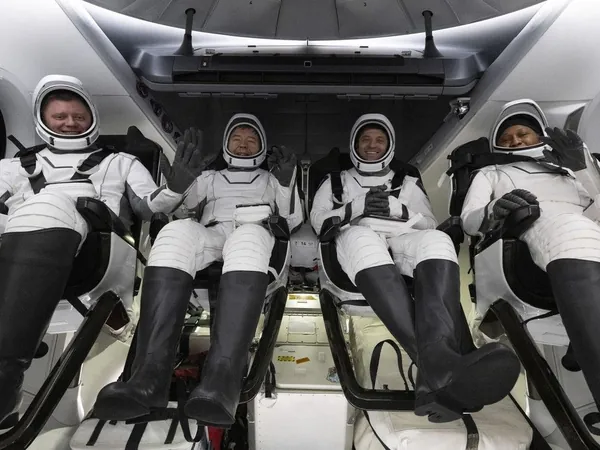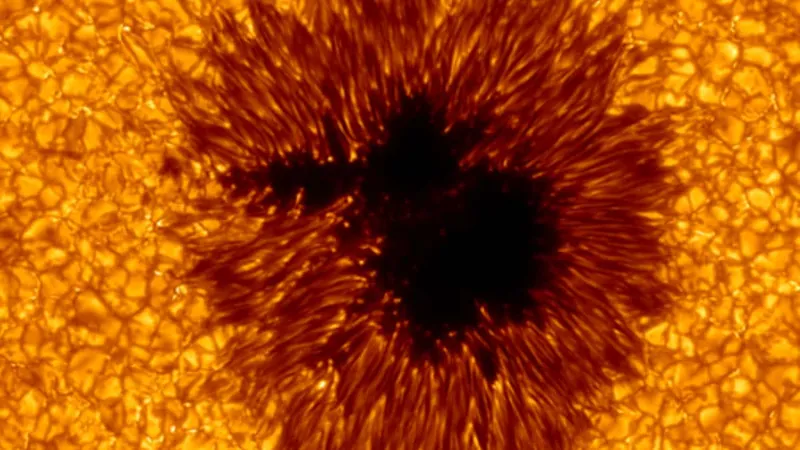
Unveiling Cosmic Secrets: HUN-REN Researchers Push the Boundaries of Science
2024-11-19
Author: Sophie
Can AI Truly Grasp Earth Sciences?
While large language models (LLMs) such as ChatGPT, Bard, and Hungary’s PULI GPT-3SX are lauded for their ability to sift through vast datasets with minimal user input, their credibility has come under scrutiny. Researchers at HUN-REN investigated the validity of 100 questions deemed crucial to Earth Sciences posed by ChatGPT. Surprisingly, their findings revealed that synonymous terminology, specifically 'Earth Sciences' versus 'Geosciences,' produced markedly different answers, highlighting a significant nuance in communication with AI models. The researchers emphasized that although AI tools can assist scholars, they should not supplant human judgment or the critical analysis essential to rigorous scientific investigation. Instead, they serve as one tool in the arsenal of modern research.
The Sun: Born in a Galactic Whirlwind?
The origins of our Sun have mystified scientists for centuries. Recent collaborative efforts involving astrophysicists from institutions such as the Konkoly Thege Miklós Astronomical Institute and the University of Szeged have led to eye-opening revelations about its formation timeline, estimated to span a mere 10 to 20 million years in a cosmic youth of approximately 4.6 billion years. Using cutting-edge particle accelerators, researchers analyzed decay rates of fully ionized thallium ions, enabling them to determine the production of radioactive lead (205Pb) within the Sun. By comparing results with meteorite-derived data, they concluded that our star likely hatched from a stellar nursey—part of a complex cluster of emerging stars that scattered throughout the galaxy, raising possibilities for shared histories among these cosmic siblings.
Betelgeuse: The Stellar Mystery with a Hidden Companion?
Much of the astronomical community has speculated on the life cycle of Betelgeuse, particularly its irregular light fluctuations, which some speculate may foretell a supernova explosion. However, fresh findings from HUN-REN researchers and their U.S. counterparts suggest the fluctuations may stem from an unexpected companion star playfully dubbed 'Betelbuddy.' Fascinatingly, Betelbuddy appears to clear surrounding dust, causing Betelgeuse to flicker in brightness. Possible candidates for this mysterious companion include a star resembling our Sun or even an exotic neutron star. Researchers are now gearing up for an optimal observational window slated for December 6, hoping to confirm Betelbuddy’s existence and to unlock further insights into Betelgeuse's evolution and its place in the night sky.
In Conclusion: The Quest Continues
As researchers from HUN-REN continue their quest to untangle the complexities of AI, the formation of stars, and the mysteries of Betelgeuse, they inspire a renewed sense of wonder about our universe. With each discovery, they remind us of the importance of marrying technology with critical human insight—a combination that holds the key to unlocking the secrets of the cosmos and perhaps even our own origins within it. Keep your eyes on the stars; the best is yet to come!









 Brasil (PT)
Brasil (PT)
 Canada (EN)
Canada (EN)
 Chile (ES)
Chile (ES)
 España (ES)
España (ES)
 France (FR)
France (FR)
 Hong Kong (EN)
Hong Kong (EN)
 Italia (IT)
Italia (IT)
 日本 (JA)
日本 (JA)
 Magyarország (HU)
Magyarország (HU)
 Norge (NO)
Norge (NO)
 Polska (PL)
Polska (PL)
 Schweiz (DE)
Schweiz (DE)
 Singapore (EN)
Singapore (EN)
 Sverige (SV)
Sverige (SV)
 Suomi (FI)
Suomi (FI)
 Türkiye (TR)
Türkiye (TR)